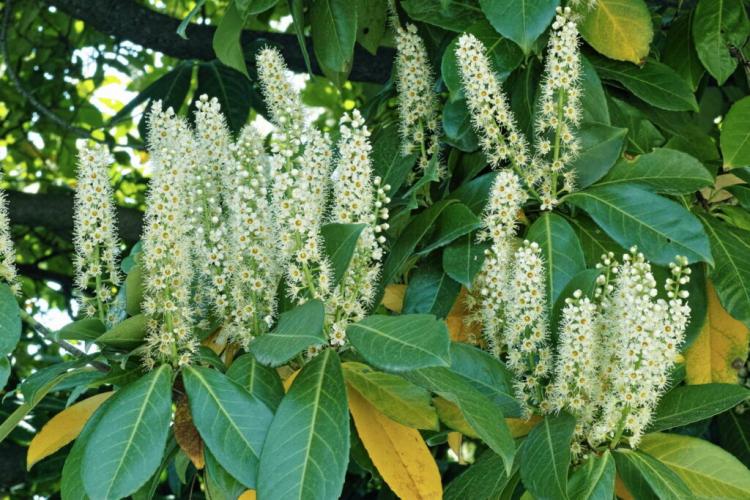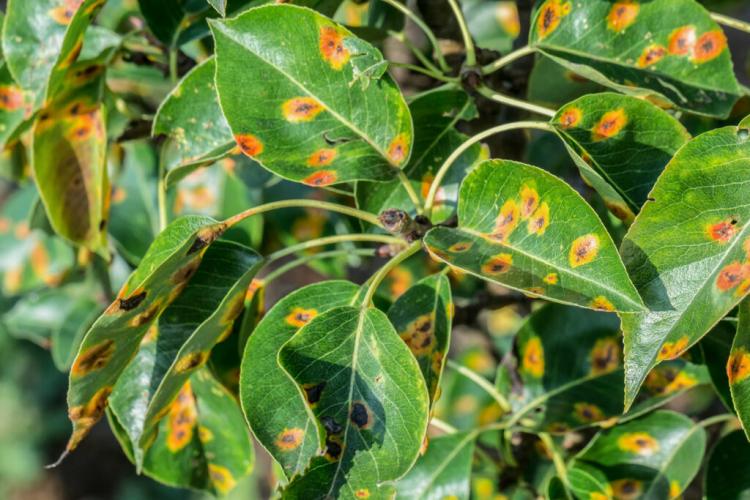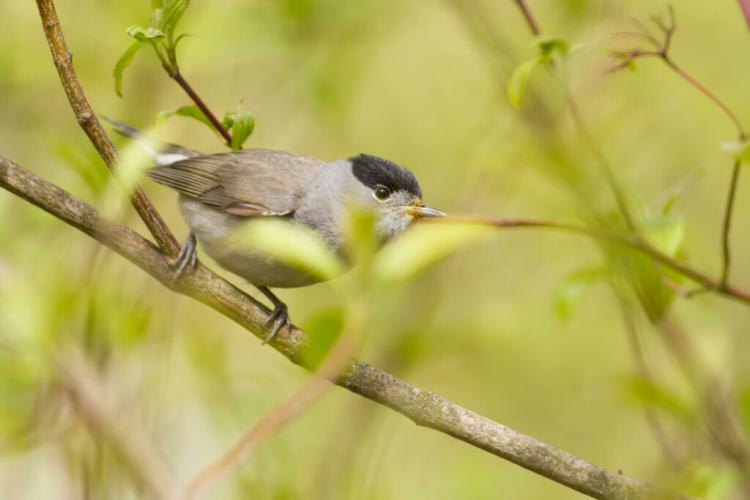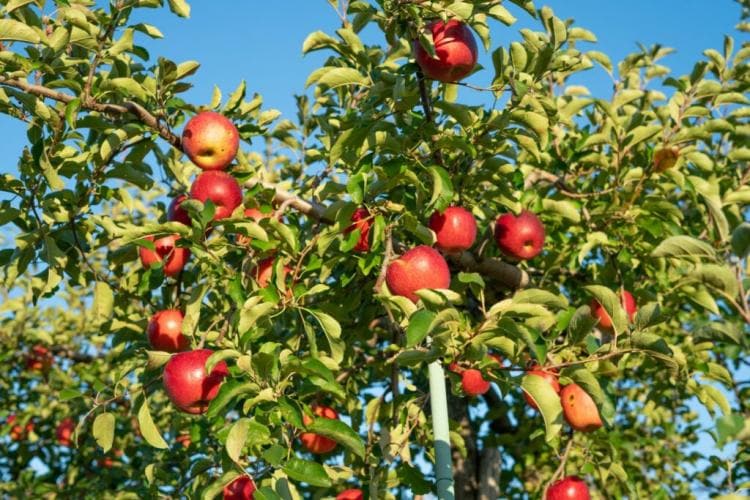Thyme: harvesting and storing
Thanks to its ingredients, thyme can be used in a variety of ways, and not just in the kitchen. However, for good results it must be properly harvested and stored.

Young thyme shoots can be harvested continuously. Drying makes them last a long time [Photo: Anna Shepulova / Shutterstock.com]
Harvest thyme
The valuable thyme oil turns real thyme ( Thymus vulgaris ) into an effective medicinal and medicinal plant. In order for the herb to be used effectively, the time of harvest must be observed. This is the only way to achieve optimal results when using the disinfecting and expectorant thyme. In principle, young shoots can be continuously harvested from the thyme. However, this should be done before flowering (June-October). This is namely exhausting for the plant and basically leads to a loss of aroma. When harvesting in the morning, the concentrations of the essential oils contained are highest. With the course of the day also the breathing and thus the water requirement of the plant increase. As a result, the ingredients are diluted and even “exhaled”, so to speak. You can actually tell that very easily from the more intense smell of the plant in the afternoon.
Store thyme
There are several sensible and tasty options to extend the shelf life of thyme.
- Drying: 10 to 15 cm long shoots of thyme are cut off and hung upside down. In the best case, a dry and dark place should be selected for this. The essential components of thymain oil are protected from accelerated degradation by closing off the light.
- Freezing: The small thyme leaves are plucked from the shoots and washed in filigree manual work. Then they can be frozen alone or with water in an ice cube tray. The garden herb is preserved for portioned removal as required.
- Pickling: Whole dried or fresh thyme shoots can also be soaked in oil or vinegar to extend their shelf life. By the way, you can create a spicy vinegar or an oil with a Mediterranean touch. The only thing to note is that the shoots must be completely enclosed by the liquid. Otherwise, young shoots in particular will quickly start to mold.
No matter in which way – it is always worthwhile to extend the shelf life of the healing herb and enjoy it all year round.
Thyme has long been known for its healing properties. In our special article you will find information on the use of thyme as a medicinal and aromatic herb.






